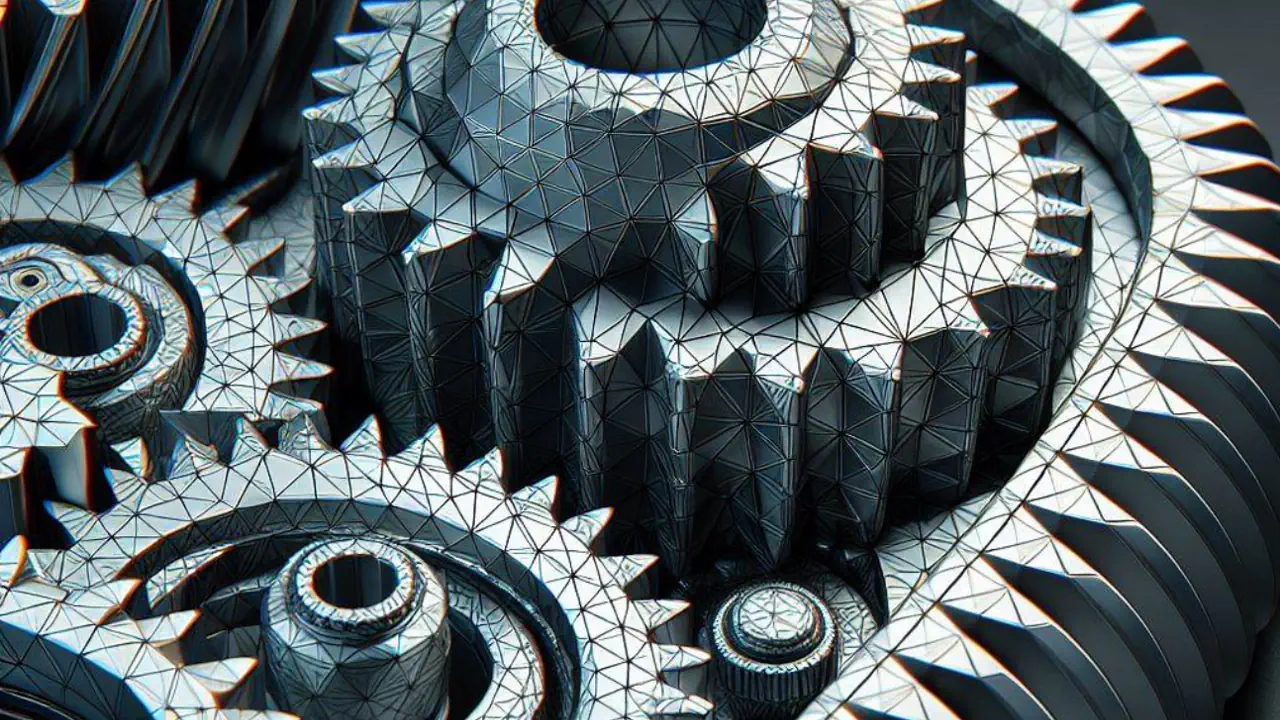BREP (Boundary Representation) is a standard technique for defining solid geometry in CAD and 3D modeling workflows. A BREP model represents a solid object's shape using its boundary surfaces - making it ideal for precise design, simulation, and manufacturing tasks.

Understanding BREP Models in 3D Modeling
Whether you're converting mesh to BREP or exporting a BREP model to mesh-based formats, understanding the structure of BREP is key. Each BREP model is composed of:
- Vertices: Points in 3D space that define the corners of the object.
- Edges: Straight or curved lines that connect vertices and define the geometry's skeleton.
- Faces: Surfaces bounded by edges, forming the outer skin of the object.
- Shells: Closed volumes made of connected faces that form watertight solids.
A common subtype is the faceted BREP, which represents only flat polygonal faces - perfect for converting triangular meshes into precise STEP solids.
Faceted BREP vs NURBS in STEP Files
When exporting 3D models to STEP files, the choice between faceted BREP and NURBS (Non-Uniform Rational B-Splines) impacts file size, compatibility, and performance.
Our Autoconverter software offers intelligent mesh-to-BREP conversion using faceted representation for solid triangle meshes, providing several advantages:
- Smaller STEP Files: Faceted BREP results in much smaller STEP files compared to NURBS-based exports, especially for dense meshes with millions of faces.
- Better Interoperability: STEP files saved with faceted BREP can be easily converted into STL, OBJ, PLY, and other mesh-based formats - ideal for 3D printing or visualization workflows.
Convert Mesh to Solid: Autoconverter Makes It Easy
Autoconverter is a powerful tool that lets you convert mesh to BREP models with ease. Whether you start with formats like SKP, FBX, 3DM, DAE, or 3DS, you can export them as high-quality STEP files with faceted BREP geometry.
Note: Your mesh must be a watertight and closed shell to qualify for faceted BREP conversion. If not, Autoconverter defaults to using NURBS faces in the exported STEP file.
BREP to Mesh and Beyond
Need to convert BREP to mesh? Autoconverter also supports reverse workflows - transforming STEP BREP models into lightweight polygon meshes for fast rendering or digital prototyping. This flexibility ensures that your models are usable across any stage of design or manufacturing.
Why Use BREP Models?
Using BREP modeling gives you access to the most accurate and industry-standard format for engineering applications. Whether you're moving from mesh to BREP or working with BREP to mesh conversion, Autoconverter provides the best solution for clean, reliable results.
BREP models are widely used in:
- CAD Design - for mechanical and product modeling
- Simulation - FEA and CFD analysis
- Manufacturing - CNC machining, CAM processing
- Engineering Analysis - structural and thermal studies
👉 Ensure precision and interoperability in your workflow with BREP-based modeling and Autoconverter.